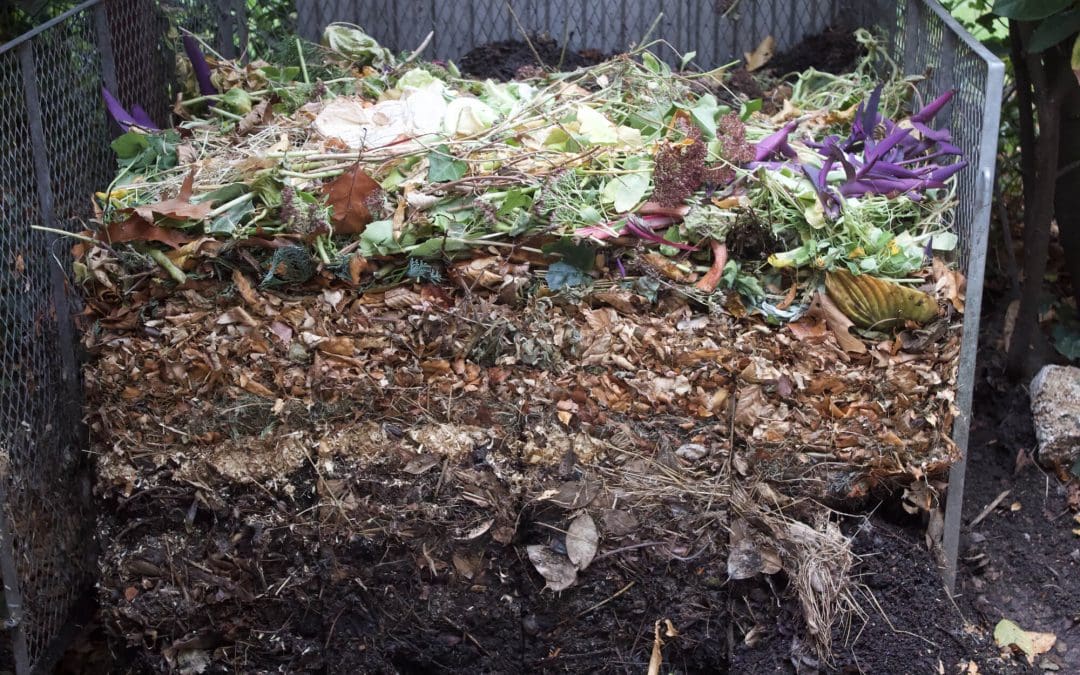Composting at home is one of the simplest and most rewarding ways to cut down on waste while giving your garden a natural boost. Whether you’re working with a big backyard or just a small patio, composting is doable—and once you get the hang of it, you’ll wonder why you didn’t start sooner. Let’s break it down so you can get started on turning kitchen scraps into garden gold.
What Is Composting?
Composting is nature’s way of recycling. It’s the process of turning organic waste—like food scraps, yard clippings, and even paper—into rich, dark soil called compost. This material is packed with nutrients and does wonders for your plants. Compost improves soil structure, helps it hold moisture, and adds valuable microorganisms that support plant health. Think of it as homemade fertilizer, but way more eco-friendly.
Why Compost at Home?
First and foremost, composting keeps a lot of waste out of landfills. Food scraps and yard waste make up a huge chunk of what we throw away every day. By composting at home, you’re reducing your trash and helping the environment. Plus, composting can save you money. You’ll need less store-bought fertilizer, and if you grow your own veggies, your plants will thank you with healthier, more productive yields.
It also just feels good to put waste to work. There’s something satisfying about watching scraps and clippings transform into something useful over time.
What Can You Compost?
The trick to composting is getting the right balance of materials. You want a mix of “greens” and “browns.” Greens are things like fruit and veggie scraps, coffee grounds, and grass clippings. These are high in nitrogen. Browns include dry leaves, paper towels, cardboard, and wood chips—materials that are high in carbon.
Avoid composting meat, dairy, oils, or anything greasy. These items can smell bad and attract pests. You also want to steer clear of weeds that have gone to seed and pet waste.
If you’re ever unsure about something, a quick online check will usually clarify it. But most kitchen and yard scraps are fair game.
How to Start Composting at Home
You don’t need a fancy setup to get started. If you’ve got a little outdoor space, a simple bin or pile will work. Choose a spot with good drainage and some shade if you can. Toss in your scraps and yard waste, then give it a stir every week or so to help air things out. Moisture is important too—it should feel like a wrung-out sponge. If it’s too dry, give it a little water. If it’s too wet, add more dry leaves or paper.
If you’re short on space, indoor compost bins or worm composting systems (called vermicomposting) are great options. These are tidy, odor-free, and can live right under your kitchen sink.
Over time—anywhere from a couple of months to a year, depending on your setup—you’ll notice your scraps breaking down into dark, crumbly compost. When it smells earthy and looks like rich soil, it’s ready to use.
How to Use Your Compost
Finished compost can be mixed into your garden beds, sprinkled around plants, or used when potting new plants. It’s a natural way to feed your soil and boost plant health without chemicals. Even just spreading a thin layer over your lawn can help it stay green and lush.
And don’t worry about using too much—it’s hard to overdo it with compost. Your garden will soak it up like a sponge.
Troubleshooting Common Problems for Composting at Home
If your compost smells bad, it’s probably too wet or has too much green material. Add some brown stuff and give it a good stir. If it’s dry and not breaking down, add a bit of water and mix it up to get things moving.
Seeing bugs or worms? That’s a good sign. These critters help break everything down. Just keep meat and dairy out of the mix, and you shouldn’t run into any issues.
Stick with it. Like anything else, composting takes a little time to figure out, but once it clicks, it’s second nature.
Composting is one of those things that seems small but makes a big impact. It’s good for your garden, great for the planet, and it puts everyday waste to good use. Once you start, it quickly becomes part of your routine—and your plants will thank you for it.
FAQs About Composting at Home
How long does composting take?
It depends on the size of your pile, the mix of materials, and how often you turn it. A well-maintained pile can be ready in two to three months. A more casual setup might take closer to a year.
Does composting smell bad?
Not if done right. A healthy compost pile smells earthy, not rotten. If there’s a bad odor, it’s usually too wet or has the wrong balance of materials.
Can I compost in winter?
Yes! Decomposition slows down in cold weather, but it doesn’t stop. Keep adding scraps, and the process will pick back up in warmer months.
Do I need worms?
Not necessarily. Worms will naturally find their way into outdoor compost piles. For indoor setups, vermicomposting uses worms by design and works great in small spaces.
Is it okay to compost paper?
Absolutely. Shredded newspaper, cardboard, and paper towels are all good carbon sources. Just avoid anything glossy or heavily inked.
Advanced Termite and Home Inspections offers home inspection services to homebuyers and sellers in Eastern NC. Contact us to request an appointment.

